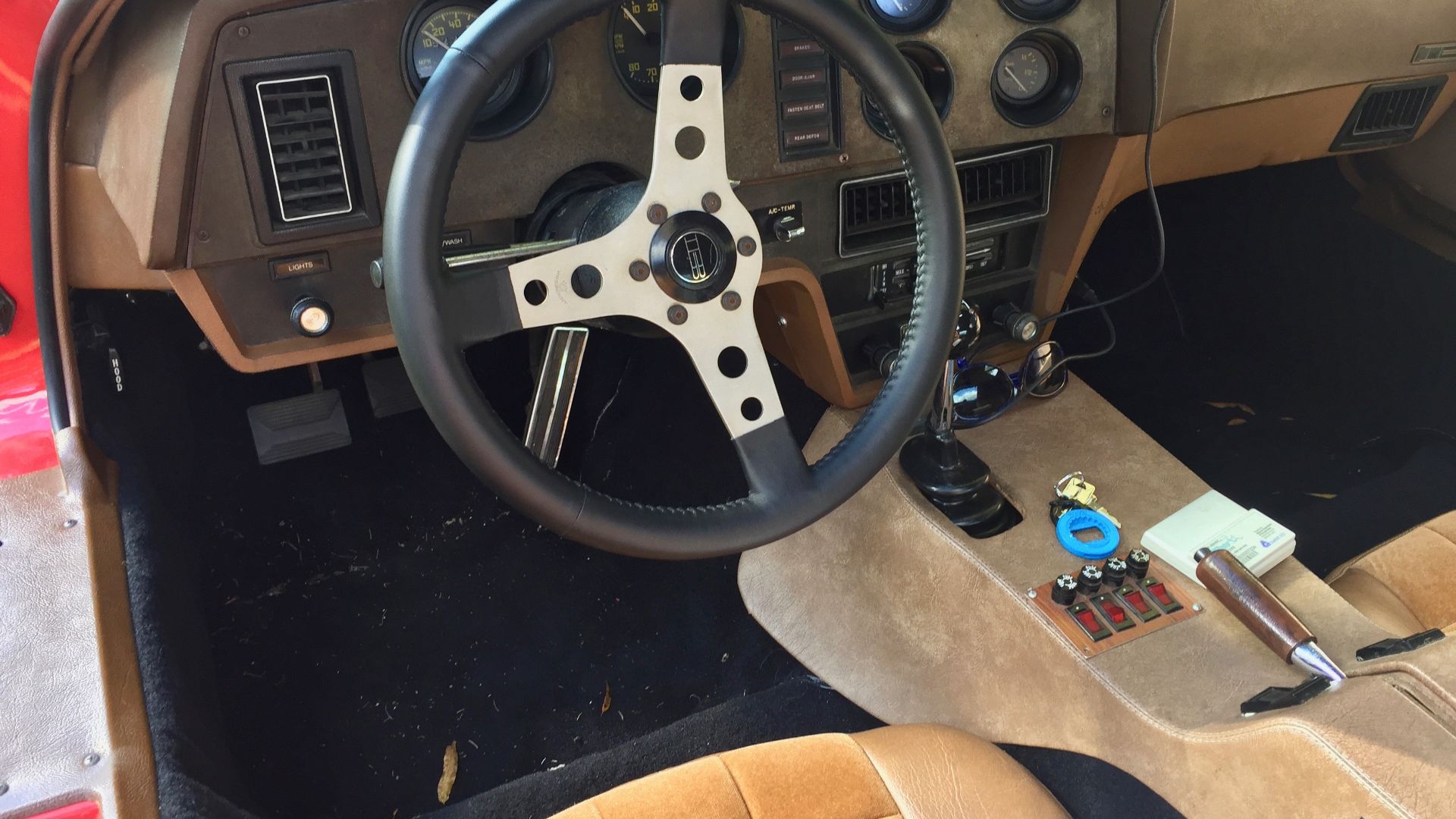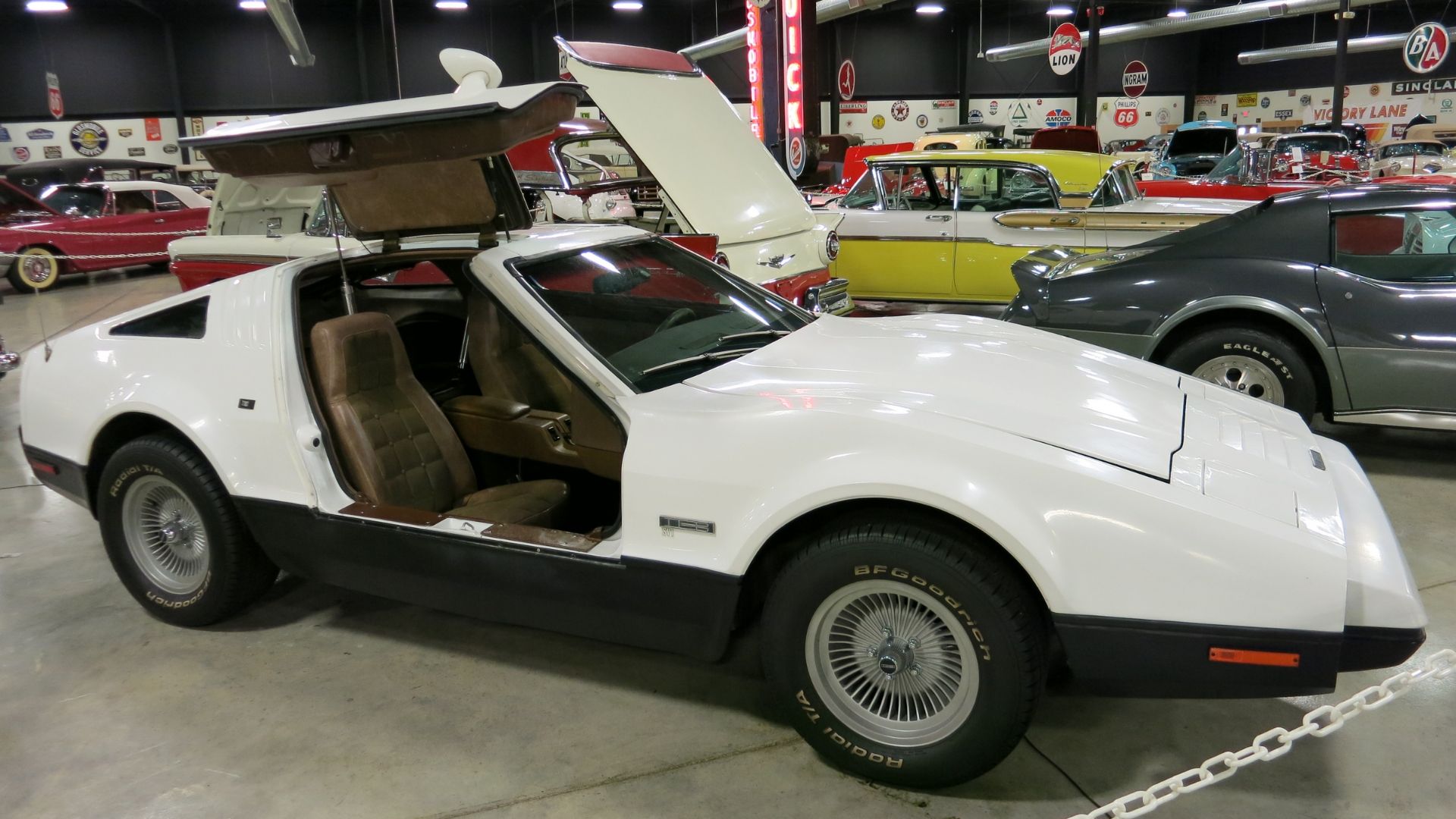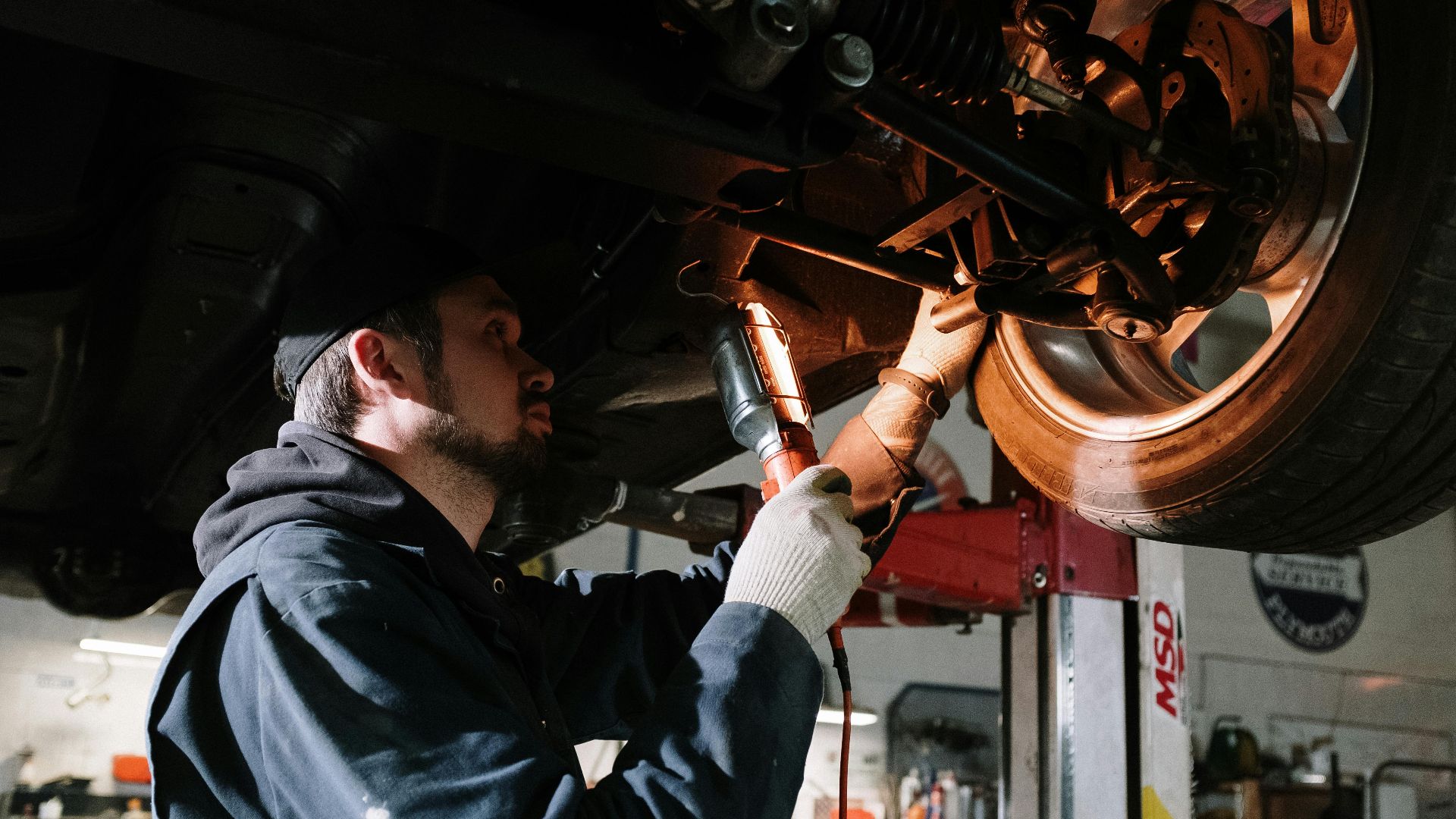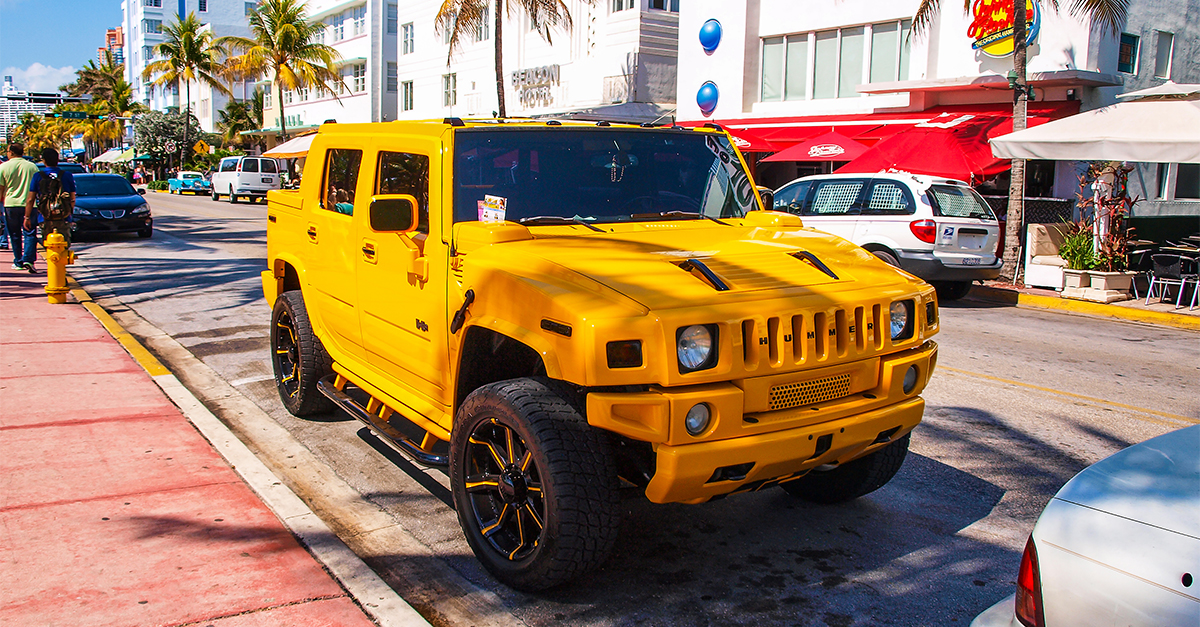A Safety Supercar From the North
Few cars shine as brightly—or burn out as abruptly—as the Bricklin SV-1. Part supercar dream, part safety experiment, and part political gamble, the SV-1 became one of Canada’s most unforgettable automotive adventures. Malcolm Bricklin imagined a future where gull-wing doors, striking looks, and built-in safety lived happily together. What followed was a dramatic rise, a chaotic production run, and a spectacular flameout that turned the SV-1 into a beloved cult classic.
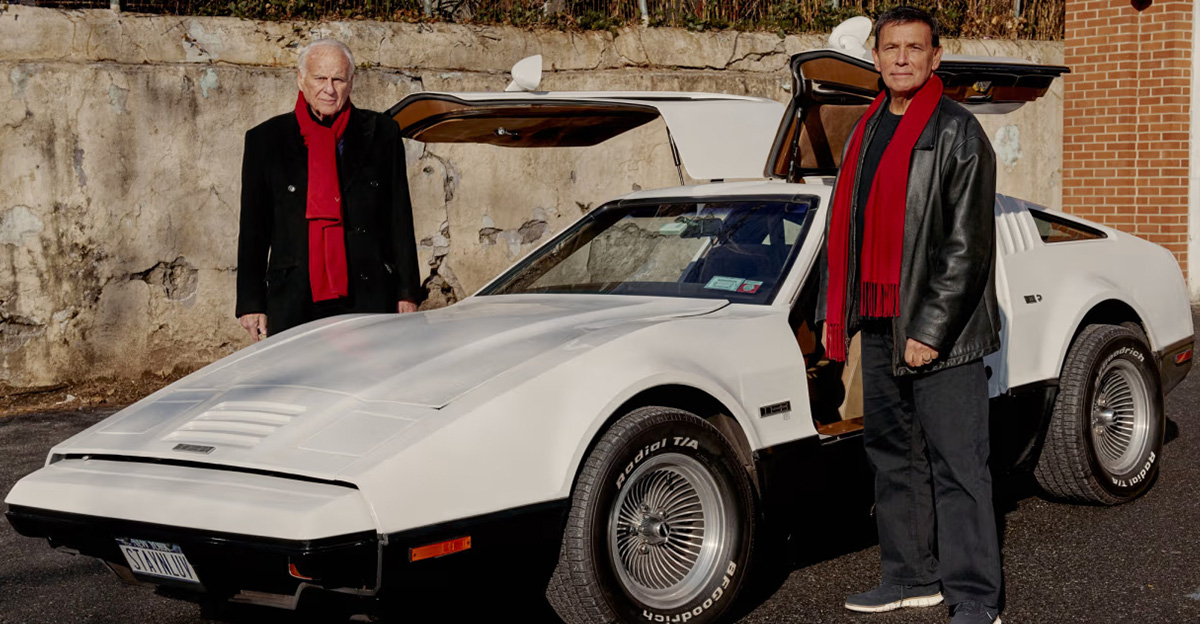
Malcolm Bricklin’s Big Idea
Before the SV-1, Malcolm Bricklin was already a maverick. After importing the Subaru 360 to America, he became convinced he could build his own car—one bold enough to disrupt the industry. His goal was simple: a sports car that offered thrills without sacrificing safety. The “SV” stood for “Safety Vehicle,” and Bricklin saw it as the next big step in responsible performance.
A Supercar With A Safety Mission
Safety wasn’t a big selling point in the early ’70s, but Bricklin wanted to change that. The SV-1 included energy-absorbing bumpers, a built-in roll cage, and component placement designed to protect occupants. It was an unusual combination—something like a muscle car that also wanted to look out for you.
 ilikewaffles11, Wikimedia Commons
ilikewaffles11, Wikimedia Commons
Shaping A Bold New Look
The Bricklin SV-1 didn’t try to blend in. Its sharp wedge shape, long nose, and dramatic gull-wing doors made it look like it came from a sci-fi set. Composite body panels gave it a distinctive finish, helping it stand out in a decade full of boxy American designs. It was more DeLorean-before-the-DeLorean than regular street machine.
 ilikewaffles11, Wikimedia Commons
ilikewaffles11, Wikimedia Commons
Doors That Made A Statement
The gull-wing doors became the SV-1’s signature. Bricklin believed they symbolized the car’s futuristic personality. Powered by hydraulics—and later pneumatics—the doors opened at the push of a button, with no exterior handles. They were undeniably cool, but also notoriously finicky.
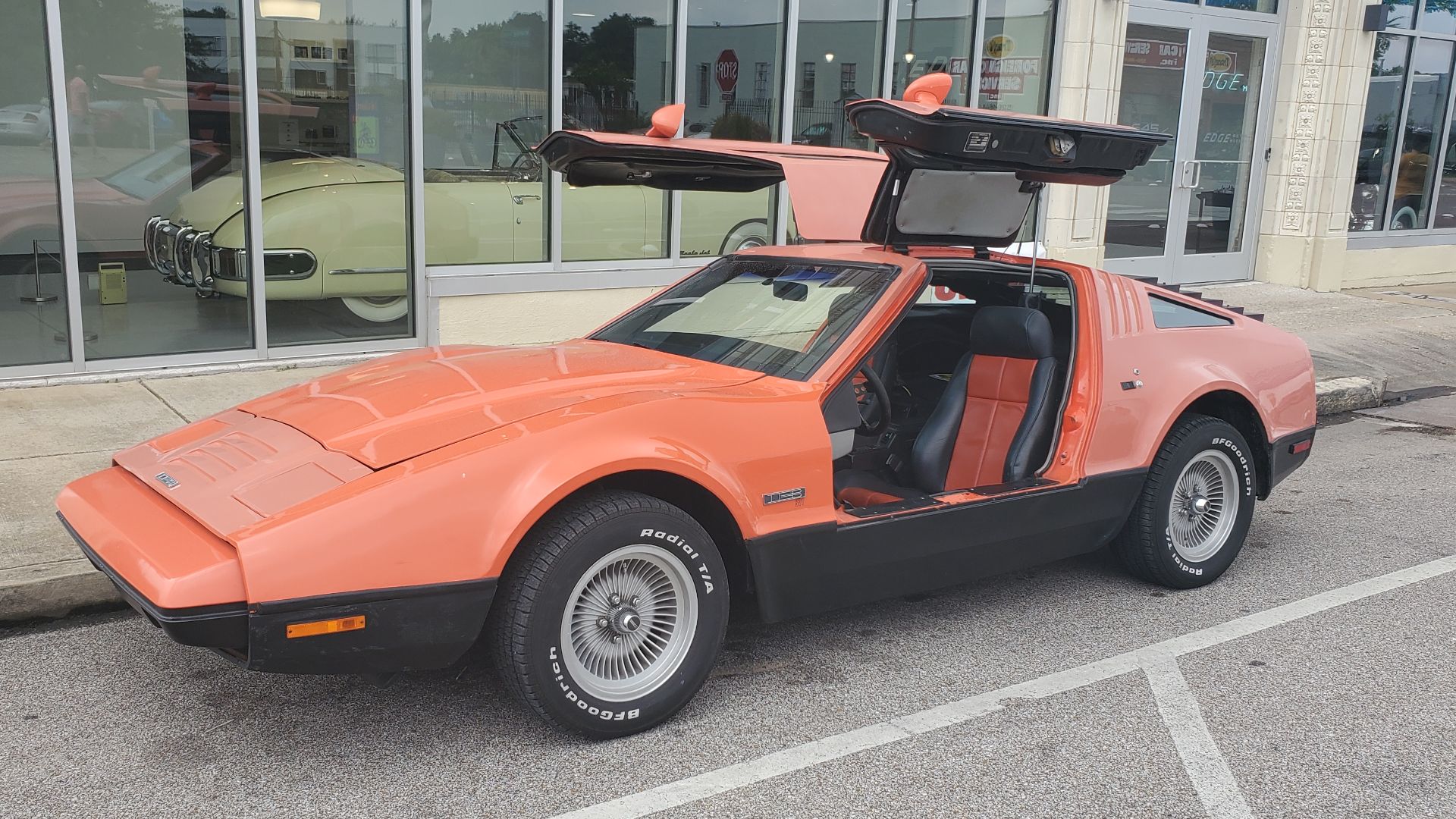 KyleStockton92, Wikimedia Commons
KyleStockton92, Wikimedia Commons
Building Cars In New Brunswick
To build his dream, Bricklin partnered with New Brunswick. The province saw a chance to create jobs and boost its industrial profile. Factories in Saint John and Minto suddenly became unlikely automotive hubs. For a moment, the region proudly imagined itself home to a Canadian supercar success.
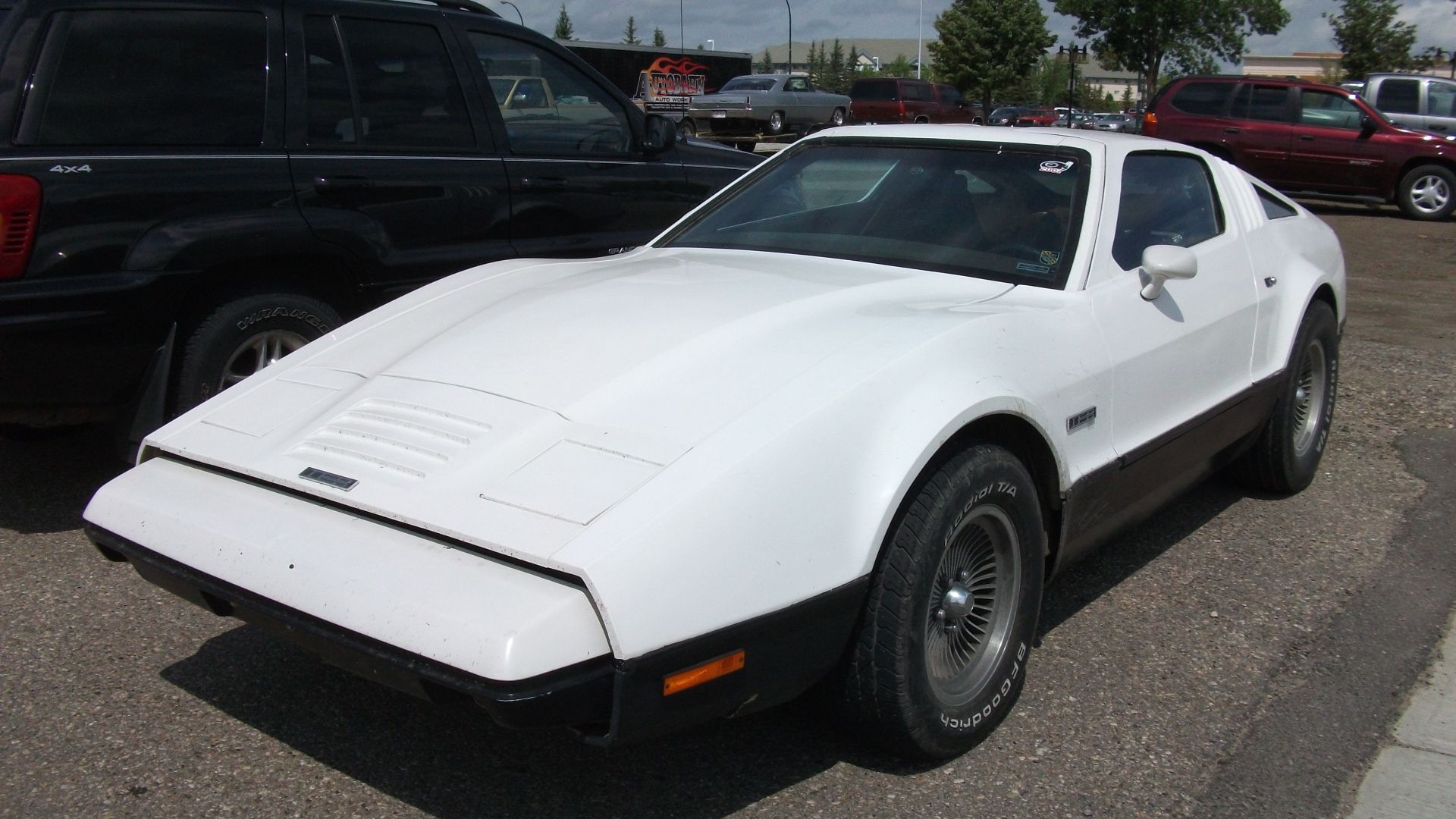 dave_7 from Lethbridge, Canada, Wikimedia Commons
dave_7 from Lethbridge, Canada, Wikimedia Commons
The Politics Of Production
Government backing came with expectations. New Brunswick wanted results—and fast. Production deadlines were ambitious, and constant pressure led to inconsistent quality and overworked staff. Politics helped keep the project moving, but also pushed it toward trouble.
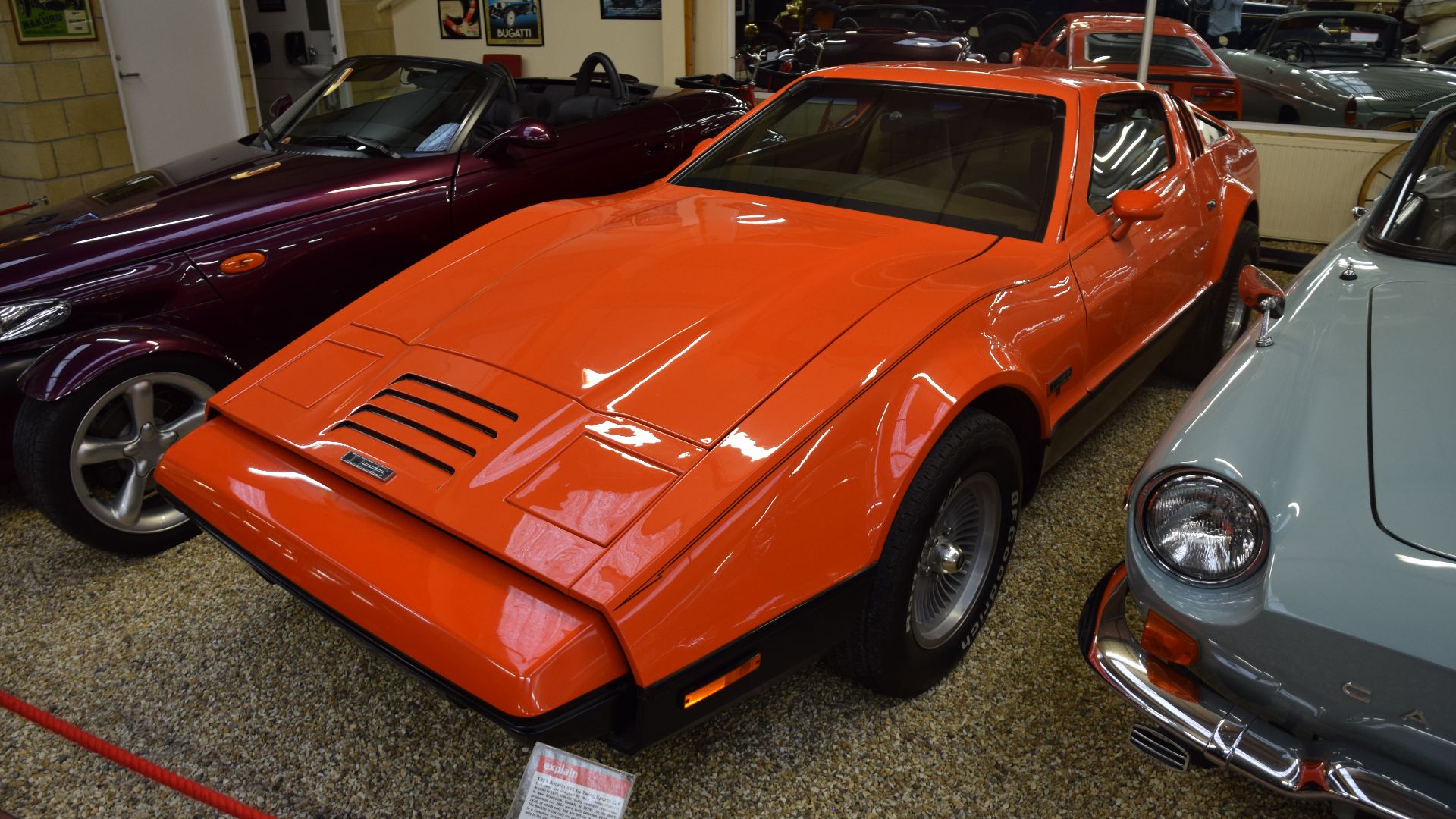 Hugh Llewelyn from Keynsham, UK, Wikimedia Commons
Hugh Llewelyn from Keynsham, UK, Wikimedia Commons
Innovative Materials And Headaches
The SV-1 used acrylic-over-fiberglass body panels, a clever idea that brought big challenges. When bonded correctly, they looked fantastic. When they weren’t, the panels warped, cracked, or bubbled. These frequent issues slowed production and drove up costs, frustrating both workers and leadership.
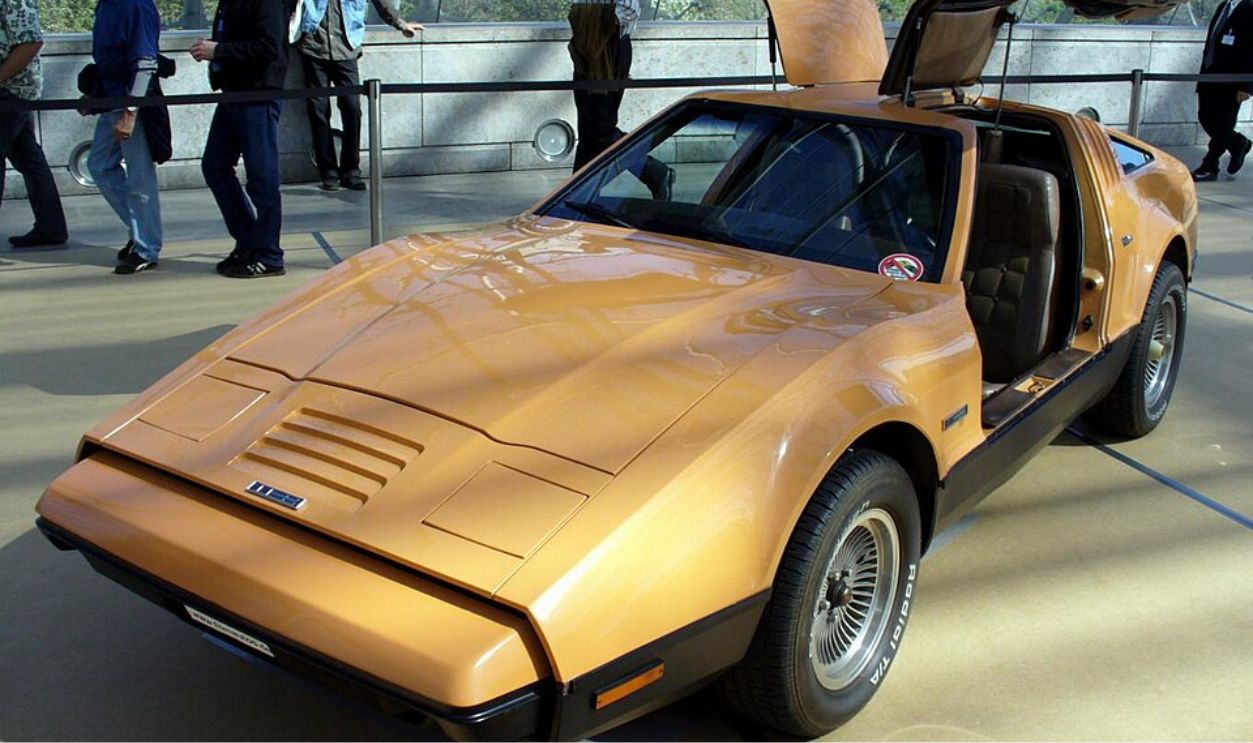 Thomas doerfer, Wikimedia Commons
Thomas doerfer, Wikimedia Commons
No Paint, No Problem?
Because the acrylic panels were pre-colored, the SV-1 didn’t need paint. Bright tones like Safety Orange, Bricklin Green, and Sun Tan gave the car a playful, plastic-toy look. The downside was limited customization and extremely difficult repairs. Matching damaged panels was a restorer’s nightmare.
 Glen Bowman from Newcastle, England, Wikimedia Commons
Glen Bowman from Newcastle, England, Wikimedia Commons
Powering The Dream
Early cars used AMC’s 360 V8; later ones switched to Ford’s 351 Windsor. Both engines were reliable and decently quick, though hardly exotic. The SV-1 wasn’t competing with Ferraris—it was aimed at American performance coupes like the Corvette, with 0–60 times around eight seconds.
Performance That Was Good—Not Great
The SV-1 delivered strong torque and a satisfying growl, but emissions rules and extra weight held it back. Reviewers found it enjoyable yet unremarkable. In an era of fuel worries and changing regulations, the car offered solid performance without breaking new ground.
Inside The Safety Supercar
The interior focused on practicality over glamour. Thick bumpers and the roll cage made entry awkward despite the soaring doors. Drivers found a clean dash layout, supportive seats, and a somewhat modern feel. Still, cost-cutting left materials looking cheaper than the car’s wild exterior suggested.
Cutting Corners To Stay Afloat
Despite early excitement, Bricklin’s company was constantly cash-strapped. Quality issues, supplier disputes, and delays drained money quickly. Each SV-1 cost more to build than it sold for. Bricklin pushed hard to find investors, but his overly bold promises made financiers nervous.
The Doors Become A Drama
The gull-wing doors, while iconic, created endless trouble. Early versions sometimes trapped owners inside until pressure built back up. Complaints about slow or stuck doors filled dealerships. Fixes were costly and time-consuming, turning what should have been a highlight into a constant headache.
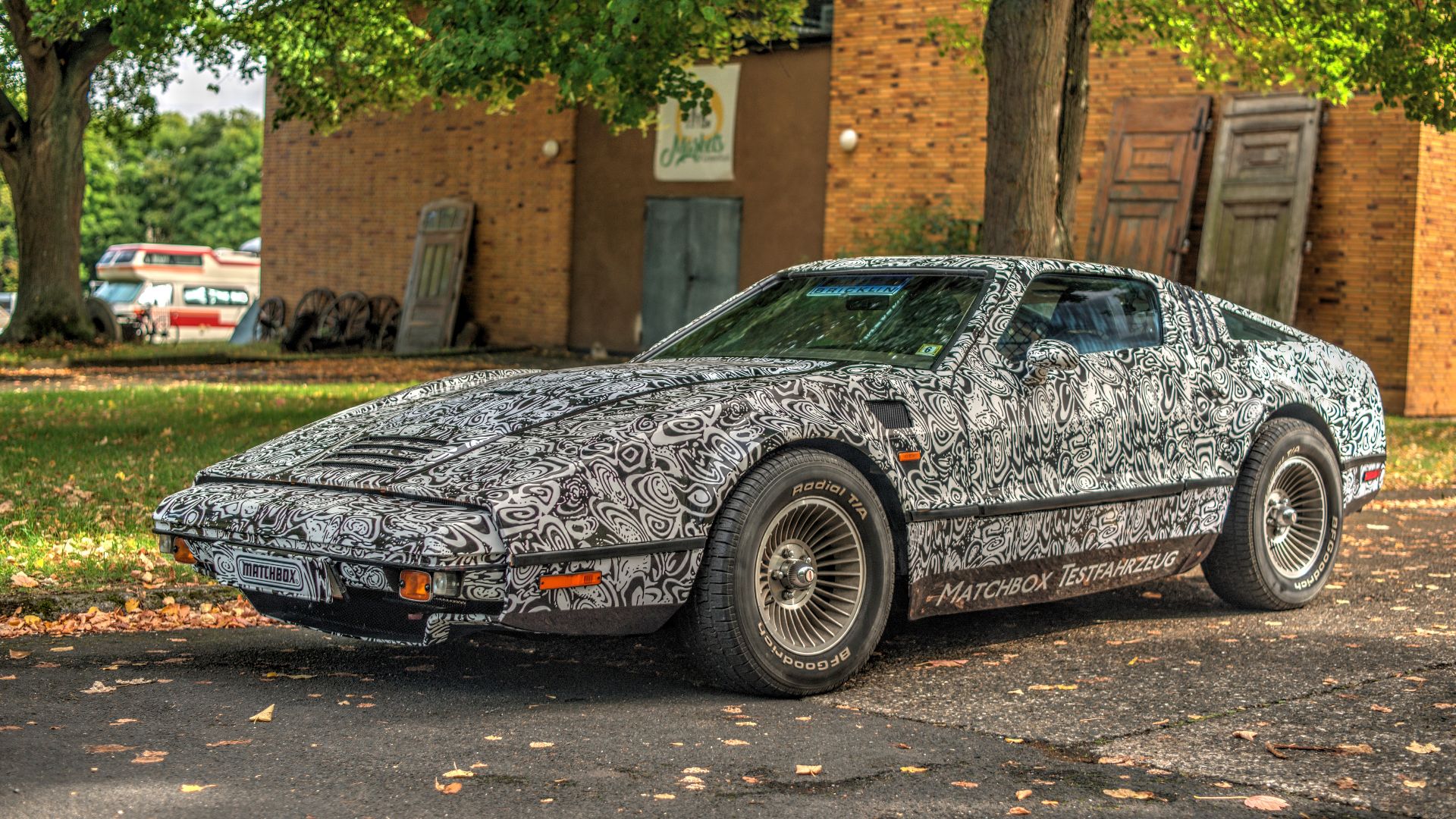 Thomas Vogt from Paderborn, Deutschland, Wikimedia Commons
Thomas Vogt from Paderborn, Deutschland, Wikimedia Commons
A Province Grows Restless
New Brunswick officials eventually lost patience. They demanded answers about missed targets, rising costs, and vague financial projections. Bricklin’s charm couldn’t hide the growing problems, and confidence in the project began to fade quickly.
The Cracks Begin To Show
By 1975, the operation was unraveling. Warranty claims piled up, suppliers wanted overdue payments, and production slowed dramatically. Quality control slipped under pressure, and the major investment deals Bricklin teased never materialized. The once-bold plan was collapsing under its own weight.
 ilikewaffles11, Wikimedia Commons
ilikewaffles11, Wikimedia Commons
End Of The Line
In September 1975, New Brunswick finally pulled the plug. Without government funding, the Bricklin Vehicle Corporation shut down almost immediately. Fewer than 3,000 cars were built. Bricklin moved on to new ventures—including the infamous Yugo—but the SV-1 remained his most dramatic gamble.
The Immediate Aftermath
Dealers were left with unsold cars and unhappy customers. Owners struggled to find parts. Critics called the SV-1 a spectacular failure. Yet, despite everything, many enthusiasts—especially Canadians—felt affection for the oddball supercar. It had tried to do something brave and different.
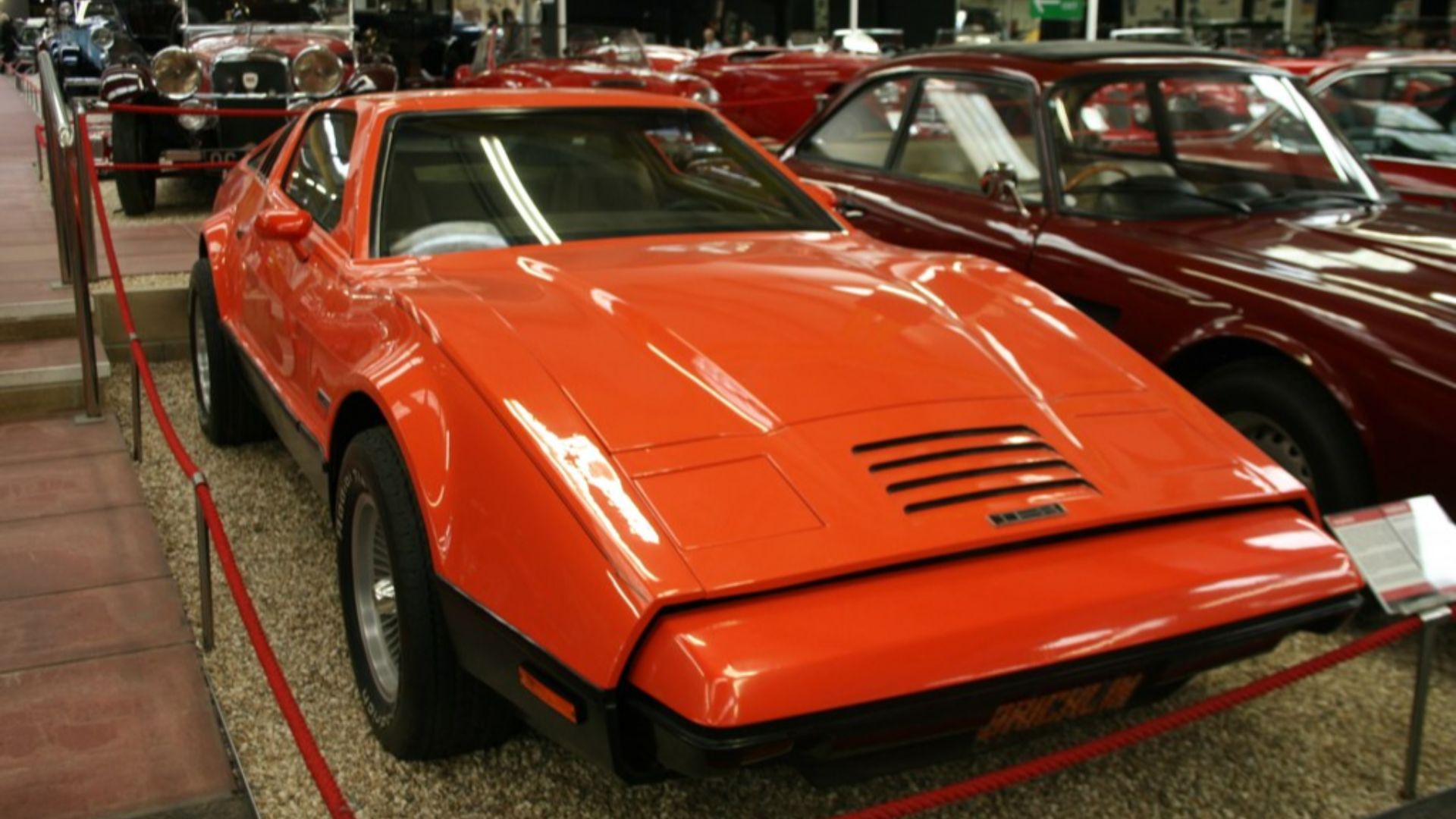 Glen Bowman from Newcastle, England, Wikimedia Commons
Glen Bowman from Newcastle, England, Wikimedia Commons
Why The SV-1 Failed
The SV-1 collapsed for several intertwined reasons. The design goals were overly ambitious, production was rushed, and quality was uneven. Door and panel problems added stress, and chronic underfunding made long-term success nearly impossible. Together, these issues pushed the company over the edge.
 ilikewaffles11, Wikimedia Commons
ilikewaffles11, Wikimedia Commons
A Cult Classic Emerges
With time, the SV-1 earned cult-car status. Its rarity, wild styling, and dramatic backstory made it irresistible to collectors. Owners’ clubs formed, parts networks grew, and specialists learned its quirks. What once seemed like a disaster became a beloved slice of automotive eccentricity.
A Symbol Of Canadian Automotive Identity
Canada hasn’t built many homegrown sports cars, which makes the SV-1 special. Bold, optimistic, and a bit stubborn, it represents the spirit of Canadian innovation. Even in failure, it showed that big ideas can come from unlikely places.
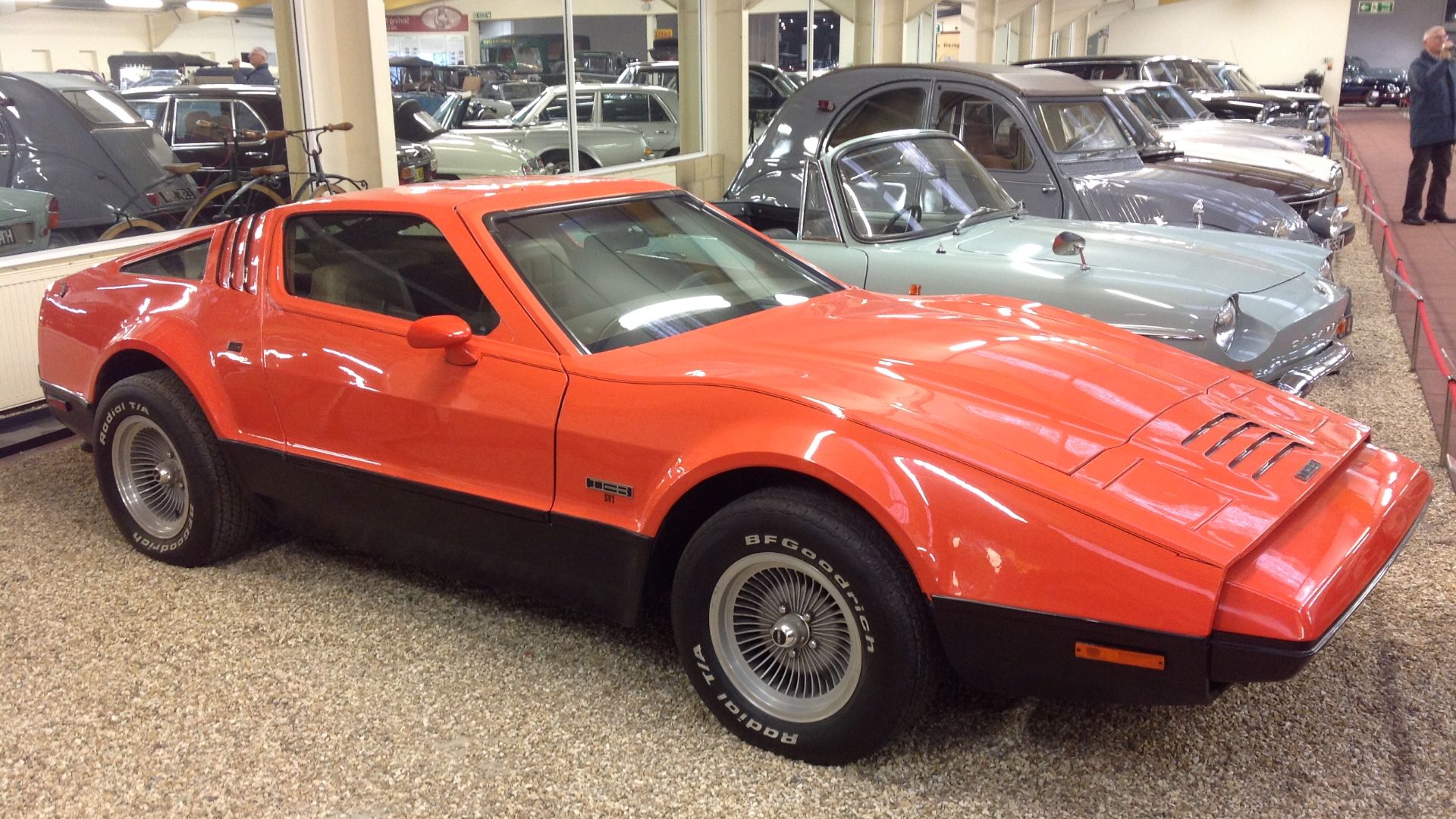 Andrew Bone from Weymouth, England, Wikimedia Commons
Andrew Bone from Weymouth, England, Wikimedia Commons
Lessons Learned From A Safety Supercar
The SV-1 taught automakers plenty. It highlighted the challenges of composite panels, revealed the risks of untested door systems, and showed the danger of mixing politics with car production. At the same time, it proved that customers appreciate bold styling and that safety can indeed sell.
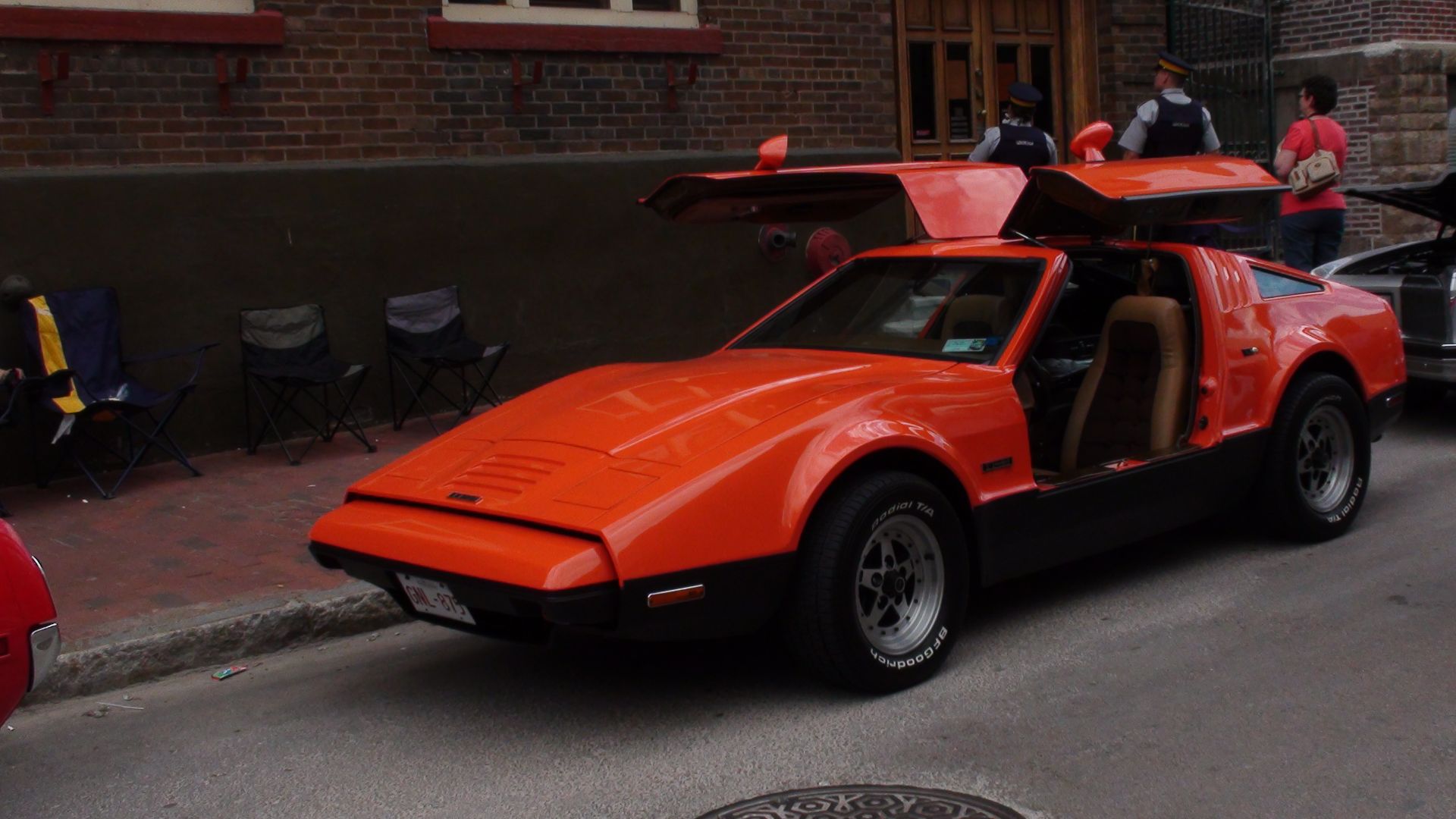 Michel Rathwell from Cornwall, Canada, Wikimedia Commons
Michel Rathwell from Cornwall, Canada, Wikimedia Commons
The Restoration Challenge
Restoring an SV-1 today takes patience. The acrylic panels require careful handling, the doors need precise tuning, and parts sourcing depends heavily on the model year. But enthusiasts embrace these quirks because they’re part of what makes the car so unique.
Pop Culture And The SV-1
The Bricklin never became a Hollywood star, but its unusual look earned it spots in documentaries, car shows, and small movie roles. Whenever an SV-1 appears—on screen or at a weekend meet—it draws attention instantly.
A Supercar That Could Have Been
Many automotive dreams fade quietly, but the SV-1 left a lasting impression. With better funding, more time, and sharper engineering, it might have challenged the Corvette. Instead, it became something arguably more charming: a bold, imperfect attempt that car lovers still talk about.
 Andrew Bone from Weymouth, England, Wikimedia Commons
Andrew Bone from Weymouth, England, Wikimedia Commons
The Legacy Of Canada’s Safety Supercar
The Bricklin SV-1 remains one of the most fascinating “what-ifs” in car history. Bold yet flawed, imaginative yet impractical, it embodies the enthusiasm that keeps car culture exciting. Although it never transformed the industry, it secured a place among automotive legends with its gull-wing courage and fearless optimism. Canada’s safety supercar may have stumbled, but its story—and silhouette—endures.
 David Merrett from Daventry, England, Wikimedia Commons
David Merrett from Daventry, England, Wikimedia Commons
You May Also Like:
Anna Wintour’s Surprising Taste In Vintage Convertibles
The Failed European-Style Lincoln That Americans Ignored
I just moved to a snowy area. Do I really need winter tires or is that a myth?





